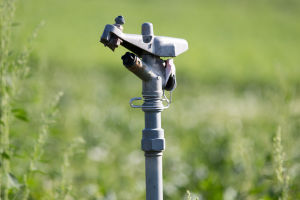Watercolor brushes are the most important tool for painters.
Most of the paintings are painted with brushes to apply color. Different brushes have different coating properties.
Because of the painter's creation, the brush, brush strokes, and brushwork become an important part of the painting aesthetic.
So it is essential to understand the composition, types, and how to choose and use the brush.
1. Composition of watercolor brushes
Watercolor brushes are made up of three parts: the penholder, the brush head, and the brush hoop.
The oil painting brush is long.
The watercolor brush is short.
The brush hoop is generally made of metal, but it is also made of plastic, feather root, and bamboo, which are used to keep the shape and elasticity of the brush hoop.
The material of the nib has the difference between soft hair, hard hair, animal hair, and artificial dimension.
2. The shape of the watercolor brush tip
There are various shapes of nibs to suit different painting requirements, such as round-tipped pens, square pens, stick solid-shaped pens, beveled pens, fan-shaped nibs, long-tipped pens, etc.
The square pen has a knife-cut square-angle shape and clear edges for brush strokes.
The fan-shaped pen is suitable for painting transitions, and soft, and inconspicuous brush strokes.
3. The size of the brush type
Various shapes of brushes are available in various sizes.
Large brushes have large, flat bristles and are suitable for painting a wide area.
4. Brush quality and selection
The quality of the brush is determined by the raw materials used and the level of the production process.
The choice of brushes should be decided according to the requirements of different painting techniques.
A good quality brush should not lose its hair and keep its original shape after use and wear.
There are many styles of watercolor brushes, and only through use can you decide what style and model are more suitable for your habits.
Since the brushes can be washed at any time when painting, you don't need many brushes for watercolor painting.
In most cases, three or four brushes are sufficient, and many painters use only two brushes.
To make the brushes last longer, it is important to take care of them.
Wash your brushes thoroughly with running water every day after use, and if that is not possible, use a little soap.
At no time should you place the brush head down in a glass of water, as this will deform the brush head and may never be recovered?


